Japan’s ceramic tradition spans over 13,000 years, evolving from primitive earthenware to some of the world’s most sophisticated pottery. Each region developed distinctive styles reflecting local materials, cultural influences, and practical needs.
Today, these living traditions offer visitors hands-on experiences to connect with Japanese culture through the transformative process of turning earth into art.
For travelers seeking authentic experiences beyond observation, pottery workshops offer direct engagement with Japanese craftsmanship under expert guidance.
Here is a list of 16 exceptional places throughout Japan where visitors can try their hand at traditional ceramic arts.
Mashiko, Tochigi Prefecture
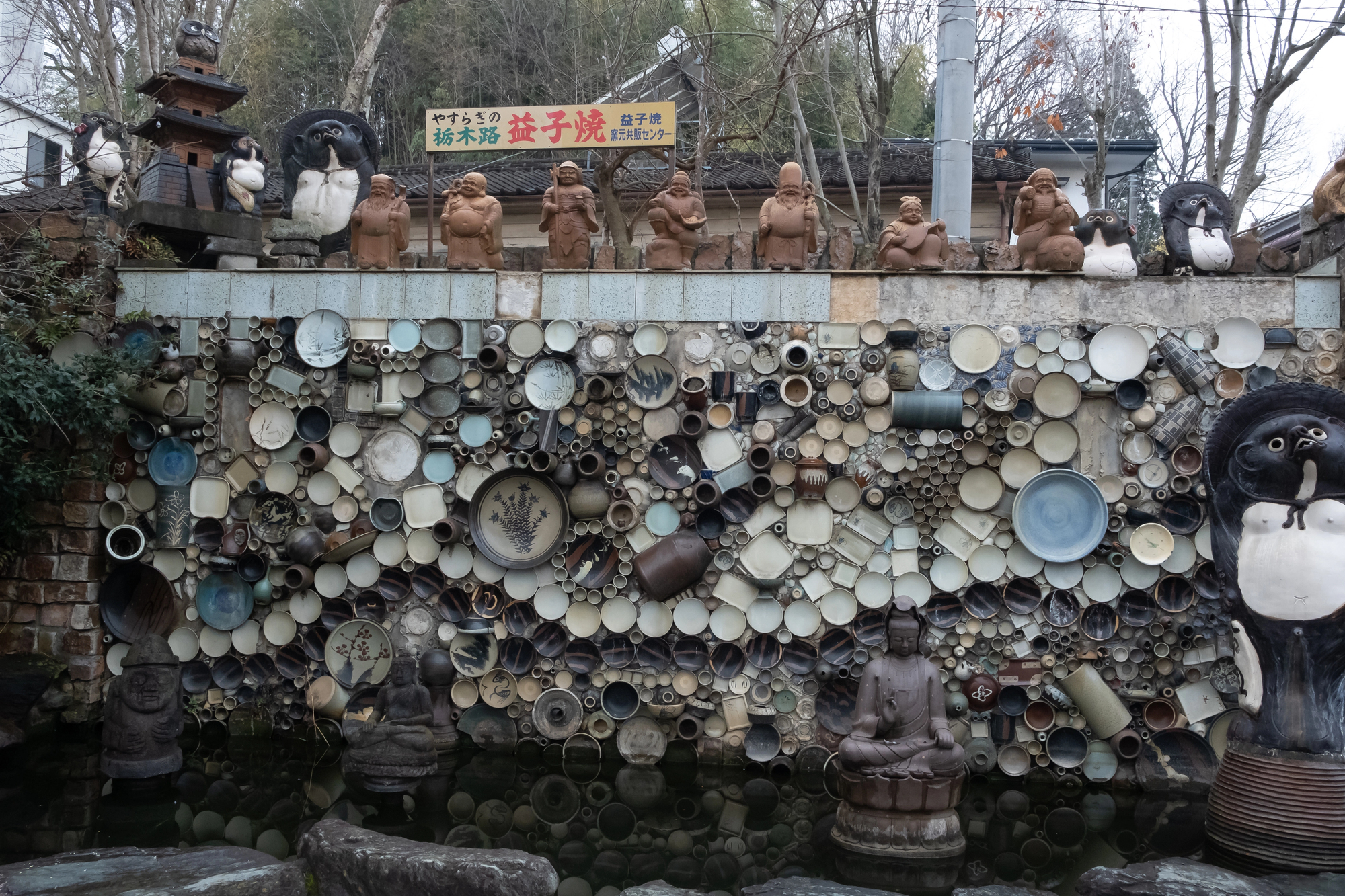
This pottery town gained international recognition through the work of Living National Treasure Shoji Hamada, who helped establish the mingei (folk craft) movement. Workshops take place in traditional climbing kilns where techniques focus on functional beauty rather than ornate decoration.
Visitors learn to throw clay on kick wheels rather than electric ones, connecting to methods used for generations. The experience typically includes tours of local clay deposits, which give Mashiko pottery its distinctive rustic character and warm earth tones.
Arita, Saga Prefecture
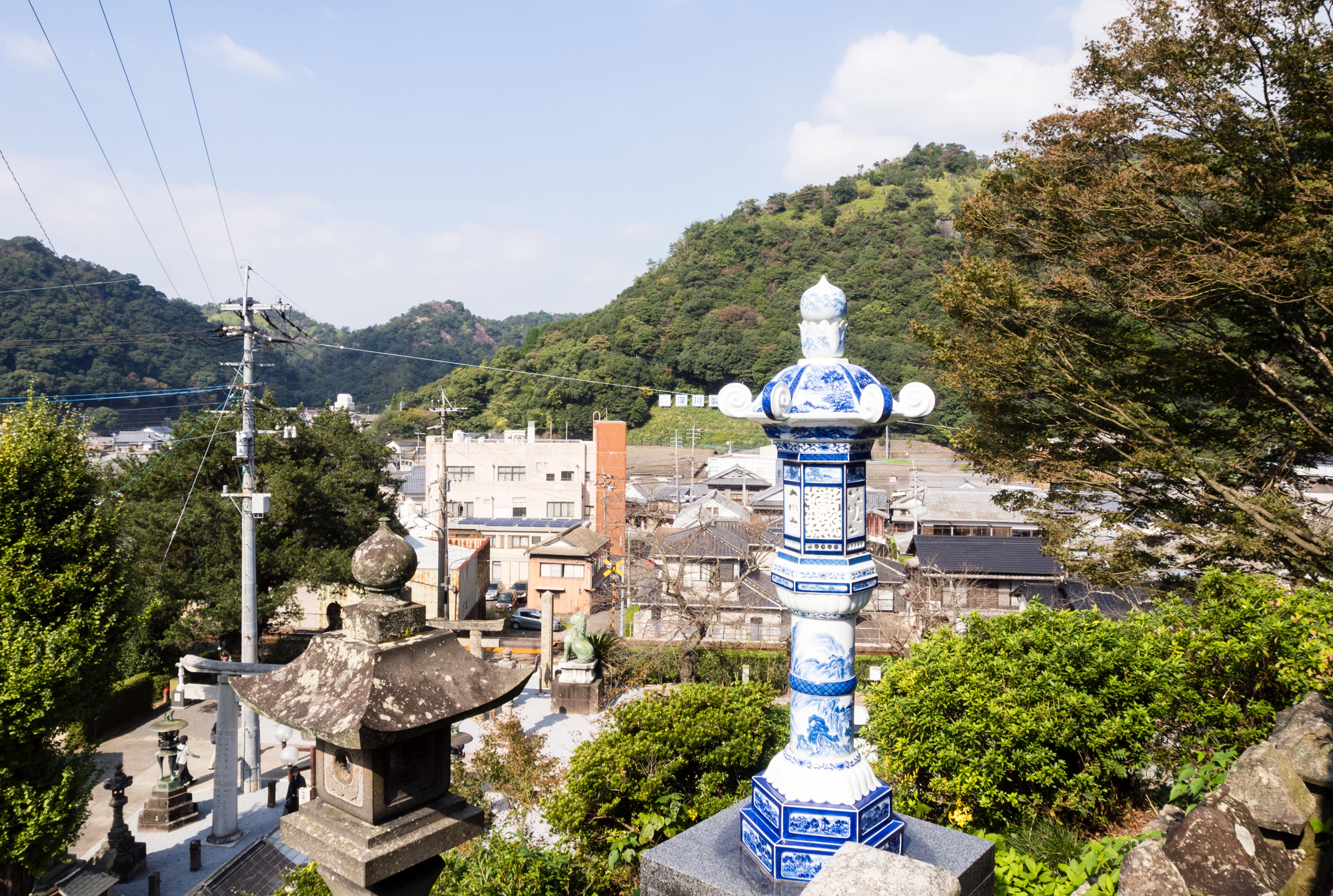
The birthplace of Japanese porcelain offers workshops where visitors create delicate pieces in the legendary blue and white style first developed in the early 17th century. Classes begin with demonstrations of the specialized techniques required for working with high-kaolin porcelain clay, which fires to translucent whiteness.
Instructors guide participants through the distinctive brushwork methods used for traditional designs, including stylized landscapes and floral motifs. Many programs include visits to the historic kilns where firing temperatures reach over 2,300 degrees Fahrenheit to achieve the characteristic clarity of Arita ware.
Shigaraki, Shiga Prefecture
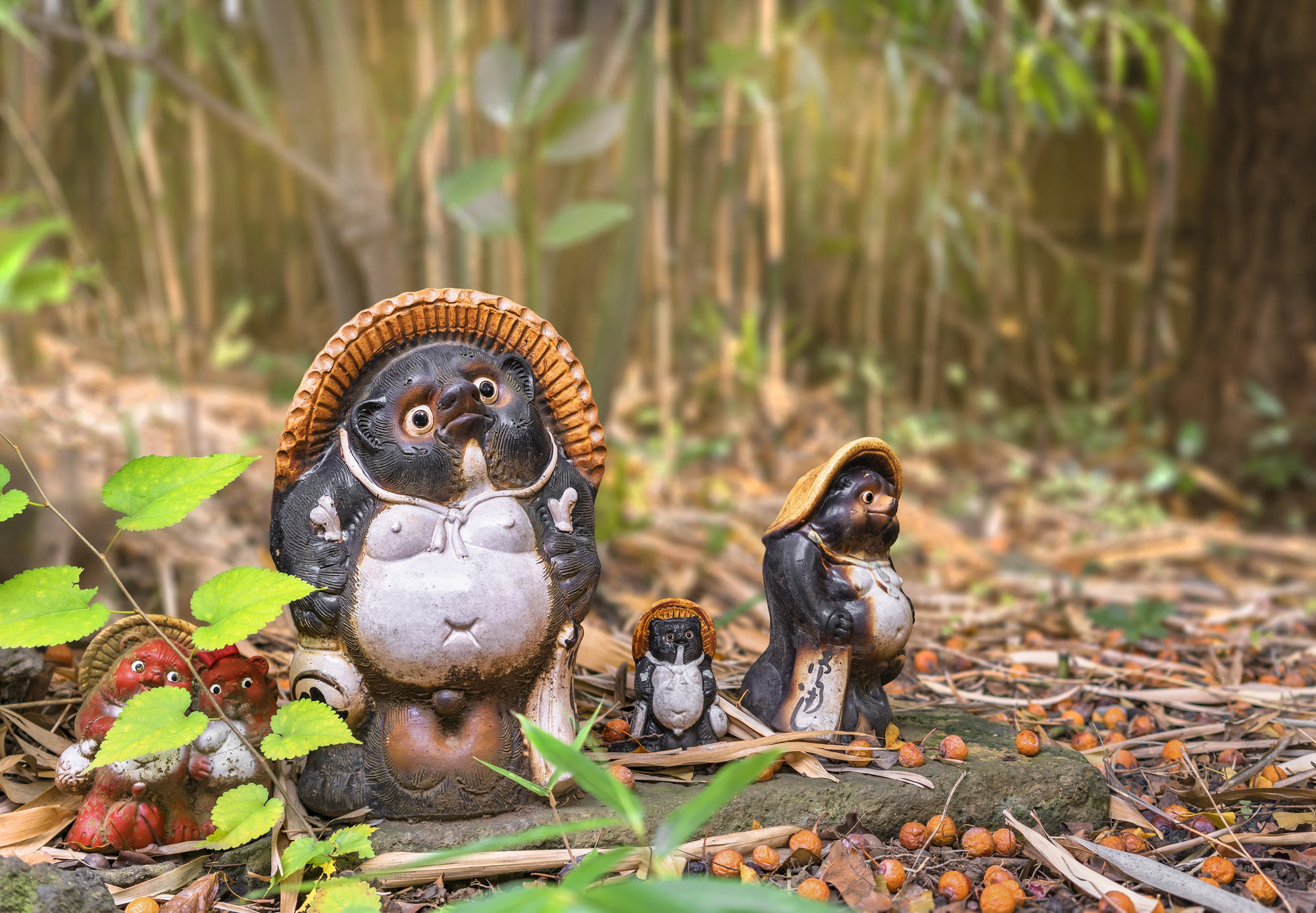
One of Japan’s six ancient pottery centers, Shigaraki specializes in high-fire stoneware with natural ash glazes. Workshops focus on creating the region’s famous tanuki (raccoon dog) figures or rustic tea ceremony vessels.
Participants experience the distinctive qualities of Shigaraki clay, known for its high iron content and large natural stone inclusions that create unique surface textures during firing. Many classes include demonstrations of traditional wood-firing techniques where placement in the kiln and natural ash deposits create unrepeatable effects on each piece.
Like Travel Pug’s content? Follow us on MSN.
Hagi, Yamaguchi Prefecture
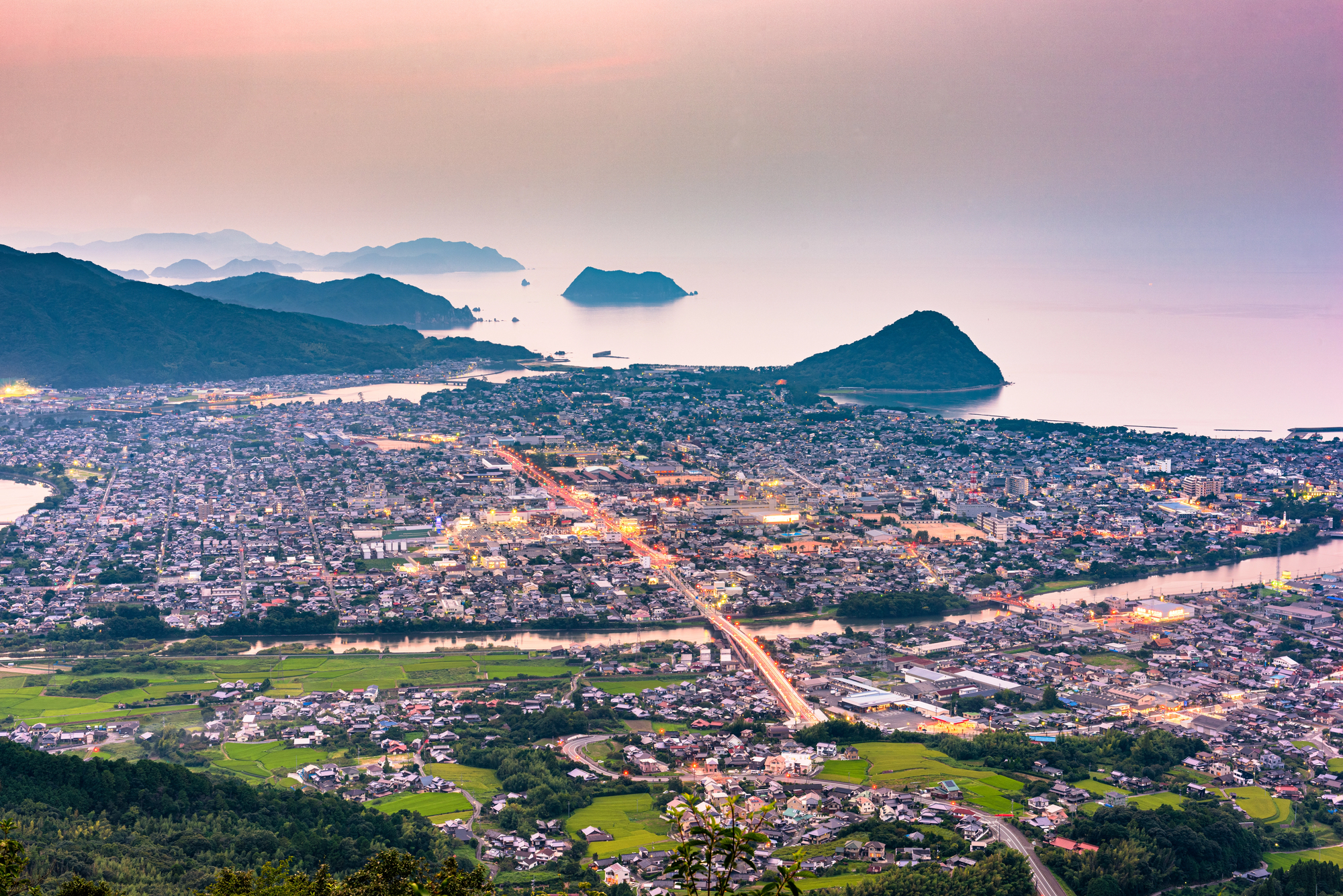
This historic castle town produces subtle, sophisticated pottery prized by tea ceremony practitioners for centuries. Workshops teach visitors to create pieces using the distinctive local clay that produces soft, milky surfaces.
Instructors demonstrate how Hagi ware is traditionally left partially unglazed to allow the piece to evolve over time, developing a network of fine cracks called ‘crazing’ that darkens with use.
Bizen, Okayama Prefecture
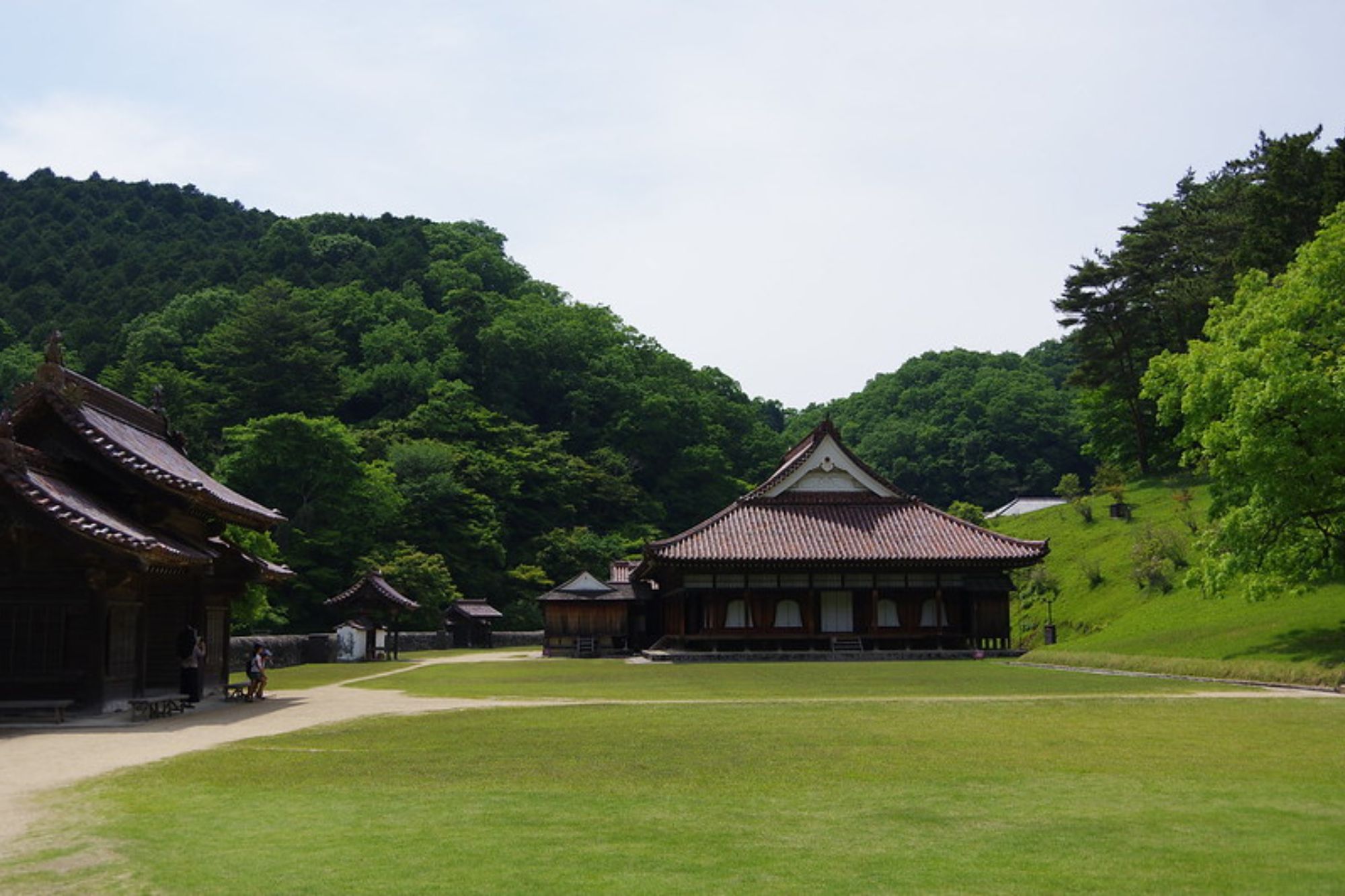
Japan’s oldest pottery tradition offers workshops focused on unglazed stoneware fired in wood kilns for up to two weeks. Classes emphasize the unique properties of Bizen clay and how placement in the kiln determines the natural ash and flame patterns that decorate each piece.
Participants learn traditional techniques for creating subtle surface variations using rice straw, salt, and wood ash applied before firing. The experience typically includes discussions of how Bizen potters embrace unpredictability, seeing the kiln as a collaborator rather than merely a tool.
Seto, Aichi Prefecture

This thousand-year-old pottery center provides visitor experiences ranging from throwing techniques to the distinctive glazing methods that made Seto synonymous with ceramics in Japan. Workshops teach the classic techniques for creating oribe ware with its distinctive copper-green glazes and bold designs.
Instructors demonstrate how multiple firings and careful glaze application create the vibrant surfaces associated with Seto traditions. Many programs include visits to historic kiln sites where participants gain appreciation for how techniques evolved through centuries of continuous production.
Like Travel Pug’s content? Follow us on MSN.
Karatsu, Saga Prefecture

This coastal pottery center offers workshops focused on creating the rustic tea bowls that embody the region’s Korean-influenced aesthetic. Classes emphasize the strong yet simple forms and thick glazes that characterize traditional Karatsu ware.
Instructors demonstrate local decorative techniques, including hakeme (brush slip decoration) and carved floral designs that exemplify the region’s style. The experience typically includes a discussion of how Karatsu pottery embodies the ideal of functionality elevated through careful attention to form and surface treatment.
Tobe, Ehime Prefecture
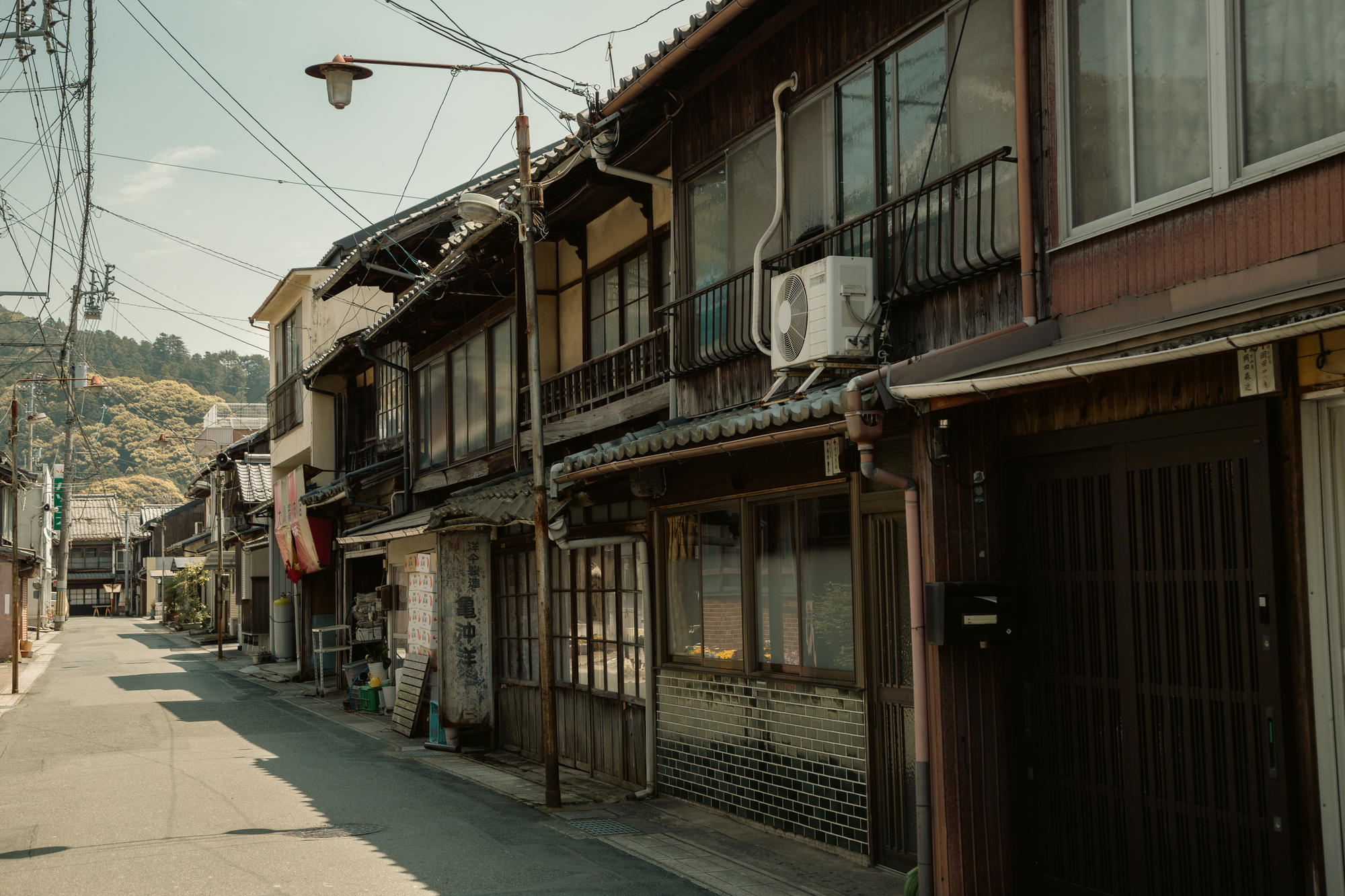
Famous for its distinctive blue and white porcelain, Tobe offers workshops where visitors learn decorative techniques developed during the Edo period. Classes focus on creating the precisely painted designs that characterize Tobe ware, with its folk art-inspired motifs of local plants and animals.
Instructors guide participants through the specialized brush techniques that create crisp lines and layered details. Many programs include demonstrations of how modern Tobe potters balance traditional methods with contemporary designs to keep the tradition vibrant.
Tokoname, Aichi Prefecture
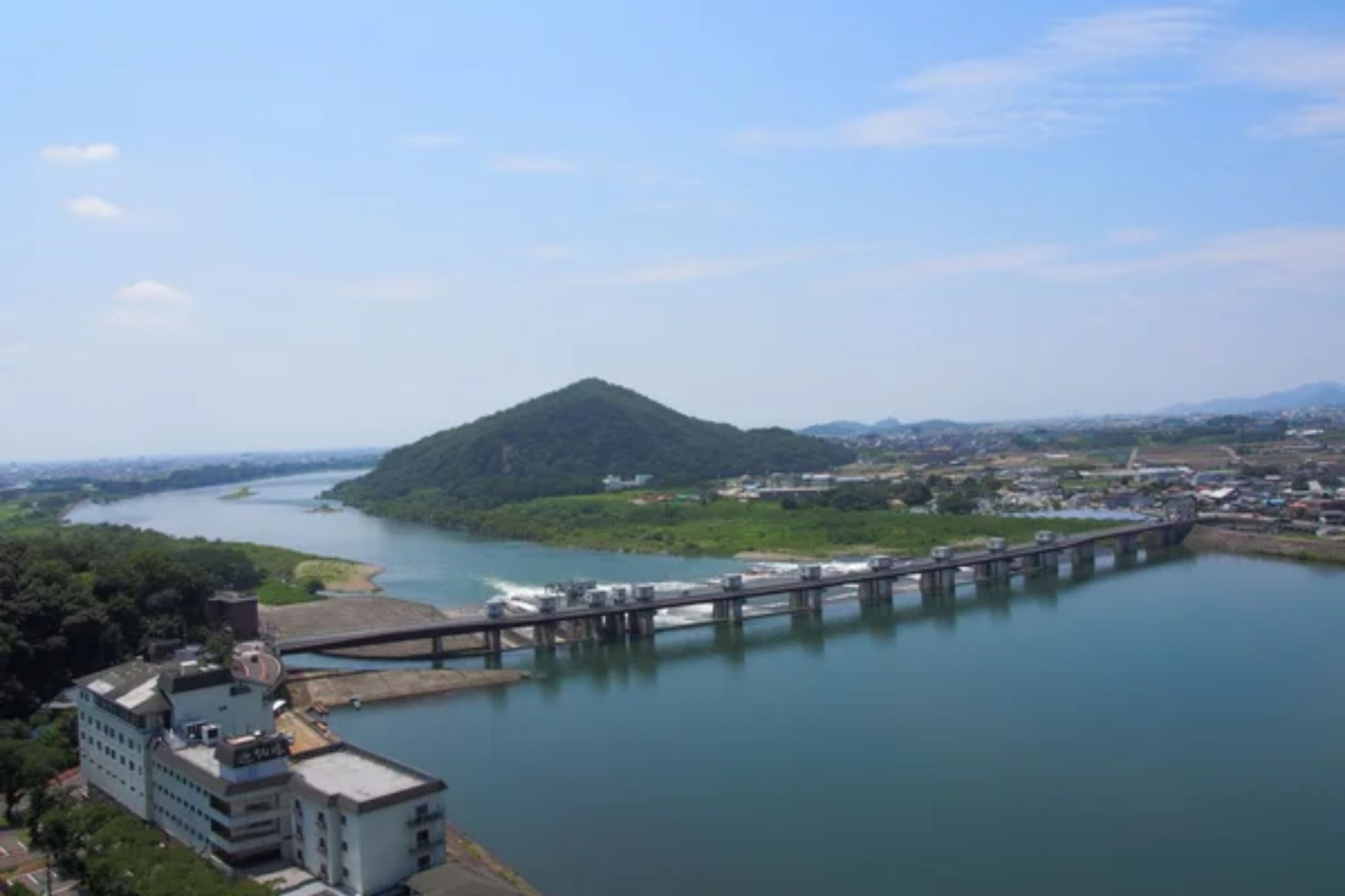
One of Japan’s oldest ceramic centers specializes in unglazed stoneware with distinctive red clay. Workshops focus on teapot making, teaching visitors the precise techniques required to create vessels that pour perfectly without dripping.
Instructors demonstrate the burnishing methods that give Tokoname pieces their characteristic smooth, slightly glossy surface without glaze. The experience often includes tours of the ceramic-lined streets and preserved climbing kilns that showcase the town’s 1,000-year-old pottery heritage.
Like Travel Pug’s content? Follow us on MSN.
Tachikui, Hyogo Prefecture
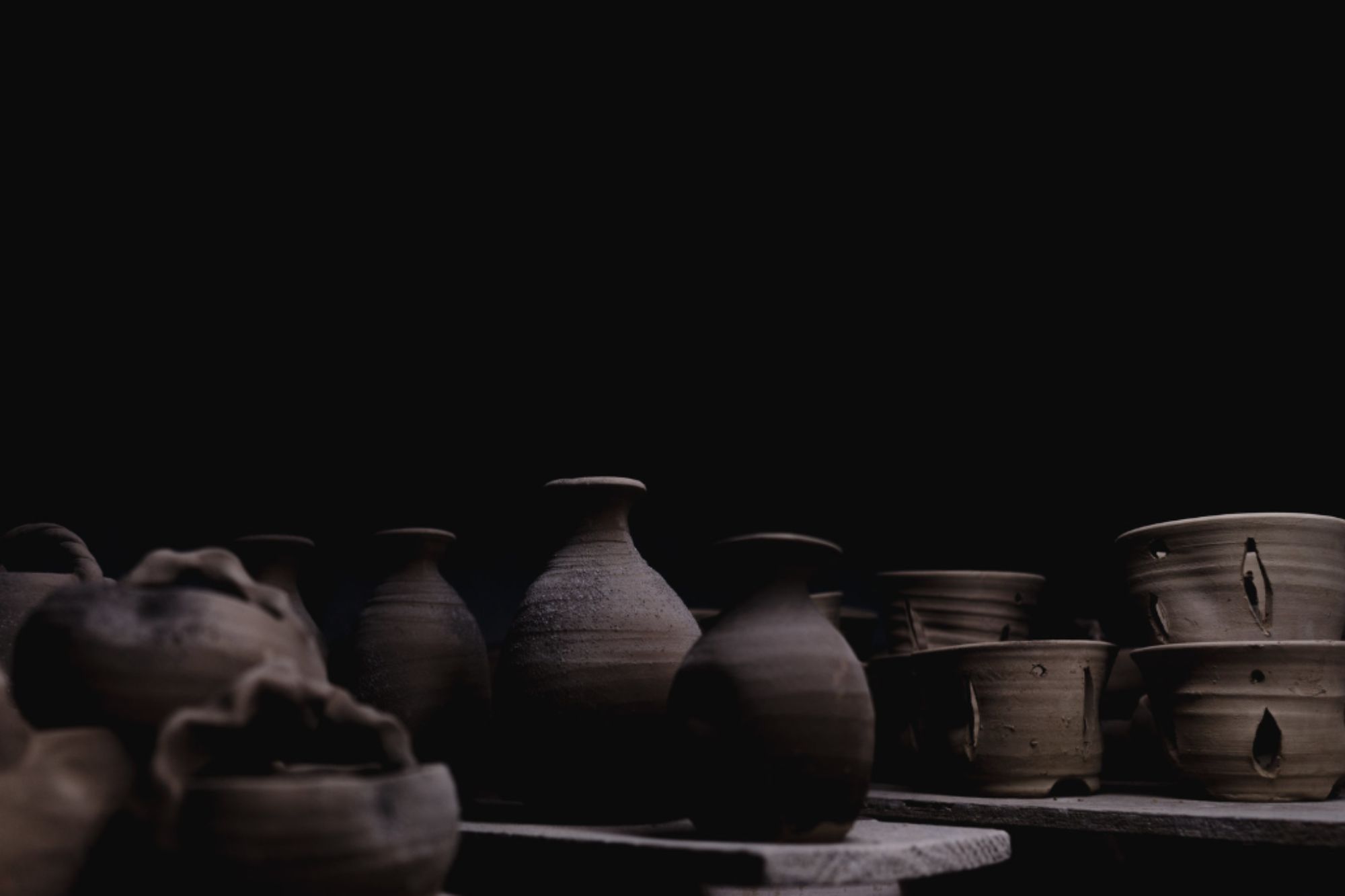
This village preserves the distinctive Tamba pottery tradition dating back to the 12th century. Workshops teach visitors to create rustic stoneware using traditional kick wheels and local clay known for its high iron content.
Instructors demonstrate how natural ash glazes from the wood firing process create unpredictable surface effects ranging from smooth olive green to rough orange patches. Many classes include learning about the traditional lifestyle of Tamba potters, who historically created vessels for agricultural use during farming off-seasons.
Onta, Oita Prefecture
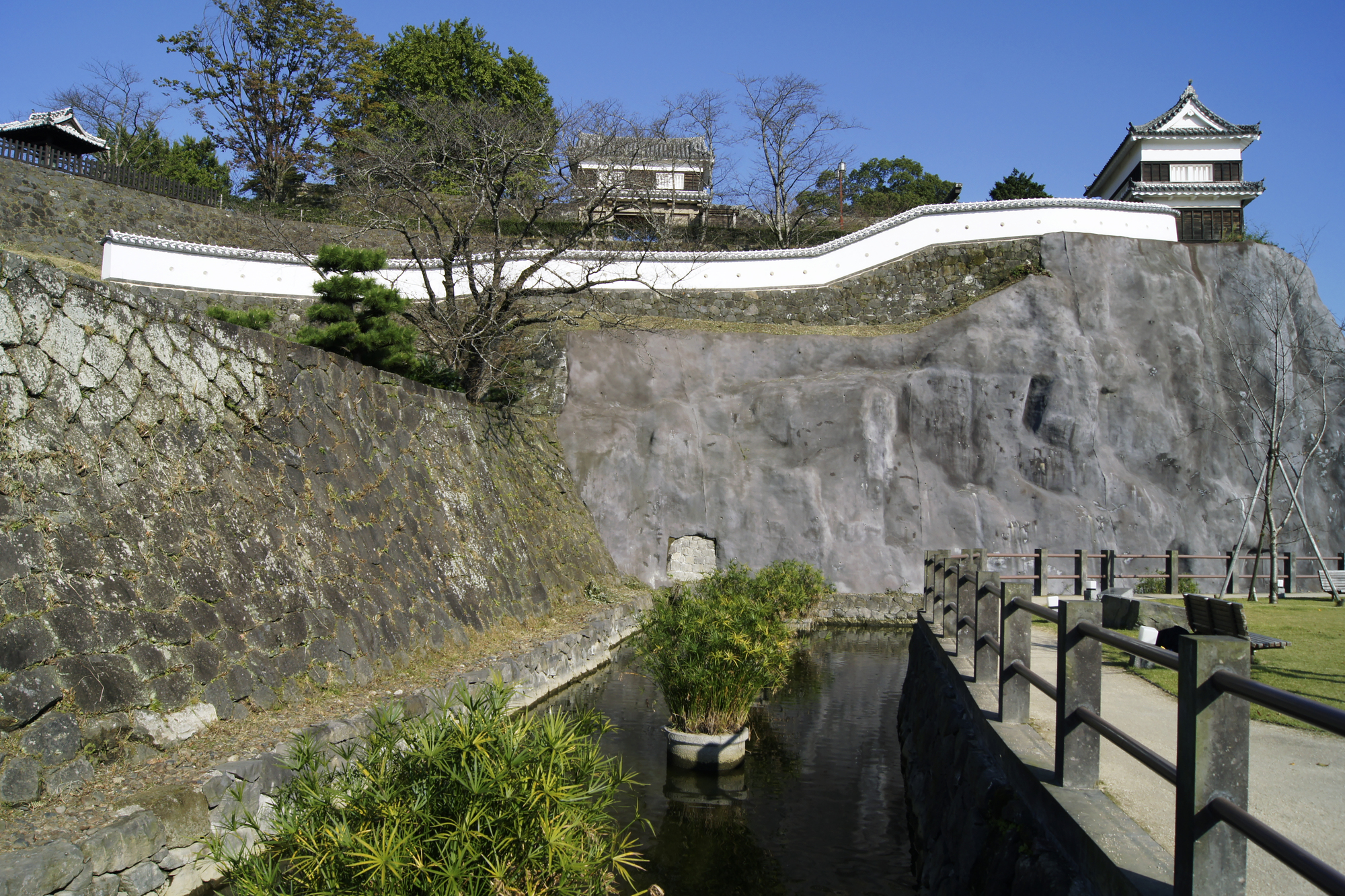
This isolated mountain village offers immersive experiences in a community where pottery making remains central to daily life. Workshops focus on the distinctive slip-decorating techniques using tools made from bamboo and fish bones to create rhythmic patterns.
Visitors experience the traditional clay preparation method using water-powered clay hammers that create a constant musical backdrop to village life. The experience includes a discussion of how Onta maintains strict traditions limiting production techniques and community membership to preserve their distinctive mingei (folk craft) approach.
Kiyomizu, Kyoto
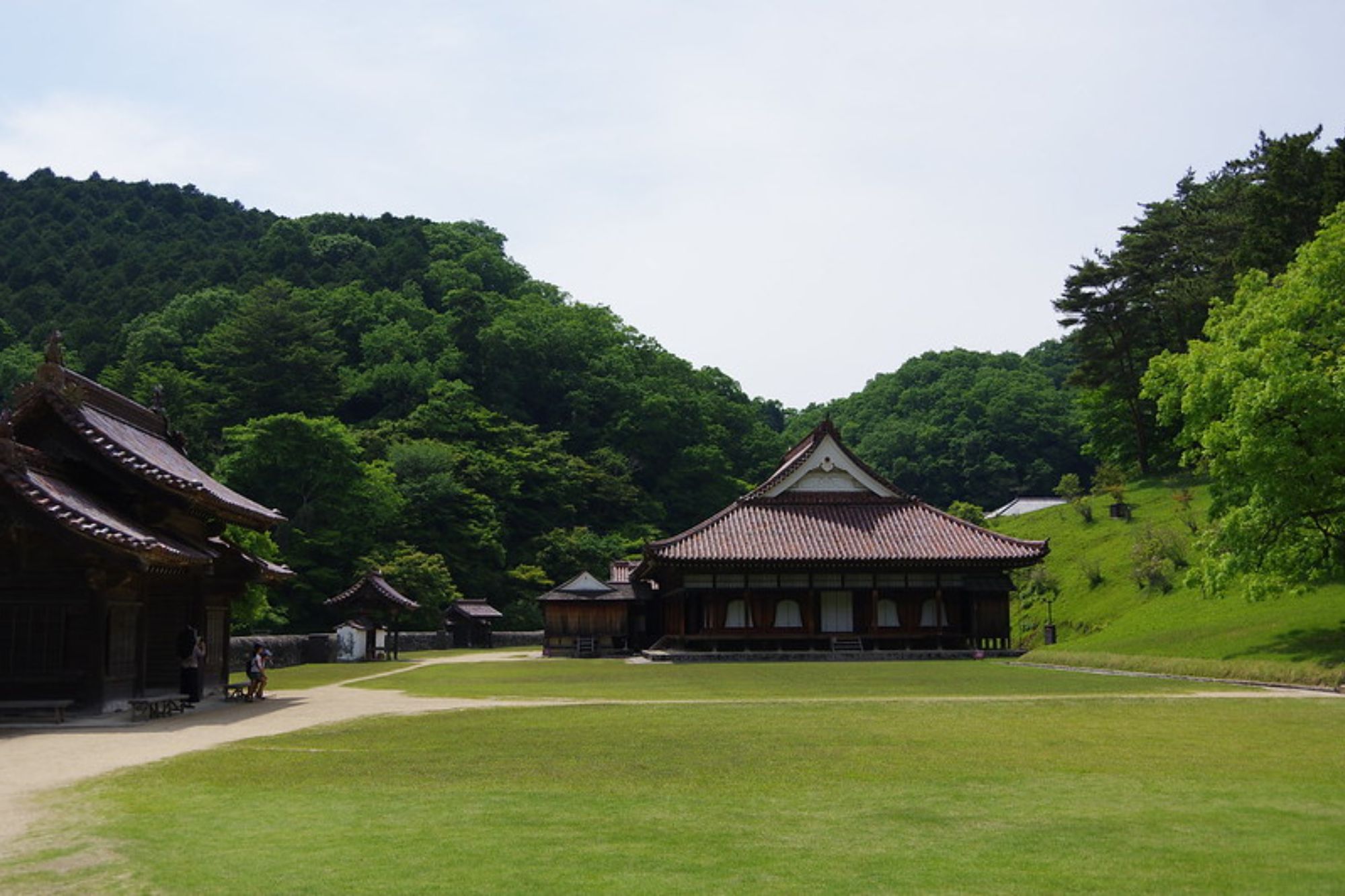
The historic pottery district below Kiyomizu Temple provides workshops amid centuries-old kilns and shops. Classes focus on creating Kyo-yaki (Kyoto pottery), known for its refined forms and delicate decoration reflecting the imperial court aesthetic.
Instructors guide visitors through decorative techniques, including gold overglaze and detailed painting methods that reflect Kyoto’s sophisticated artistic heritage. Many programs include the opportunity to walk through the atmospheric pottery lanes where ceramics have been created and sold since the 17th century.
Like Travel Pug’s content? Follow us on MSN.
Hasami, Nagasaki Prefecture
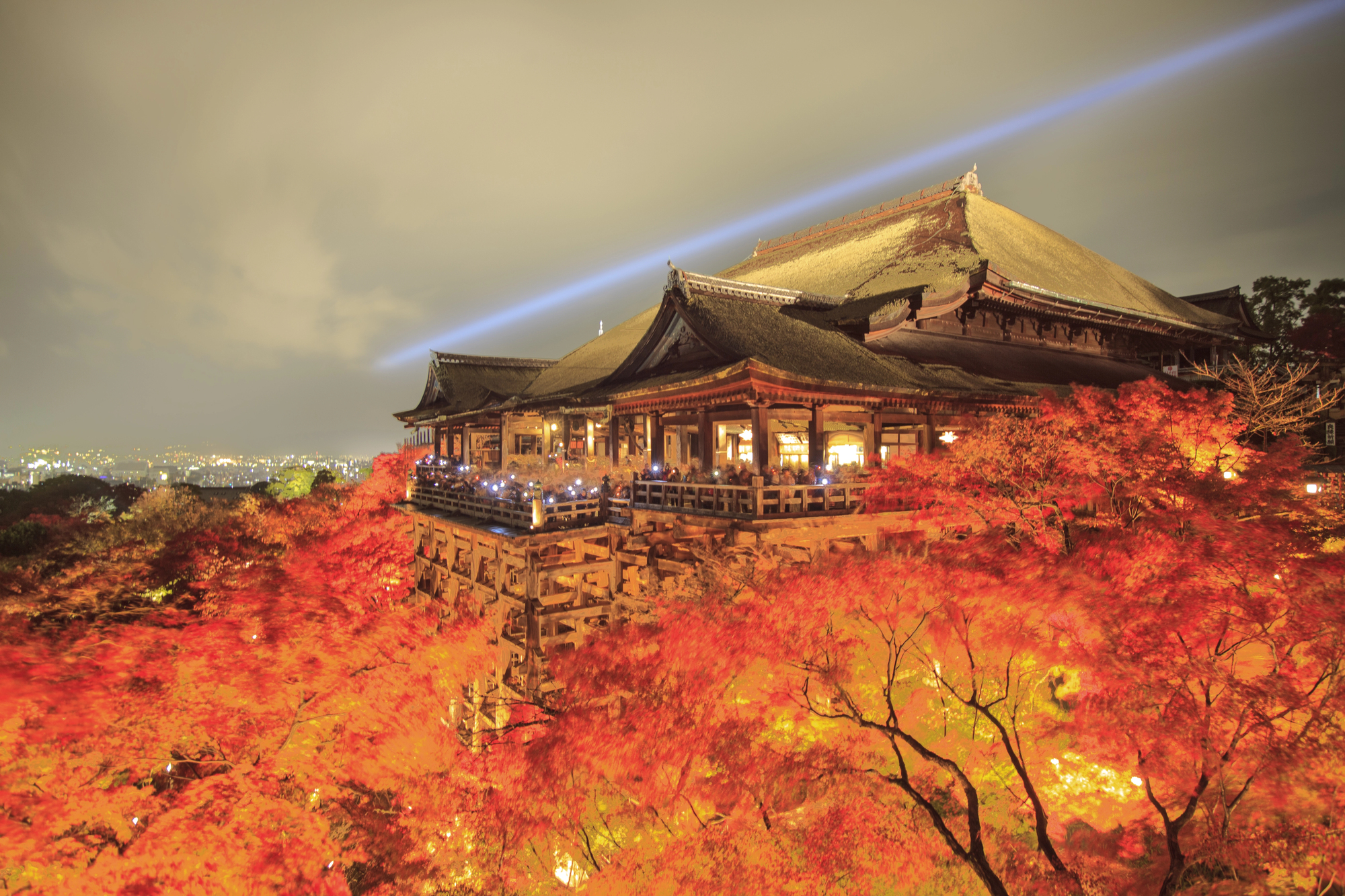
This porcelain center offers workshops focused on creating the simple, stackable forms that have made Hasami a favorite among contemporary designers and coffee shops worldwide. Classes teach throwing techniques for creating the perfectly straight walls and precise proportions that characterize Hasami ware.
Instructors demonstrate glazing methods that produce the clean, minimalist aesthetic for which the region is known. The experience often includes a discussion of how Hasami potters balance centuries-old techniques with modern design sensibility to remain commercially relevant.
Mino, Gifu Prefecture
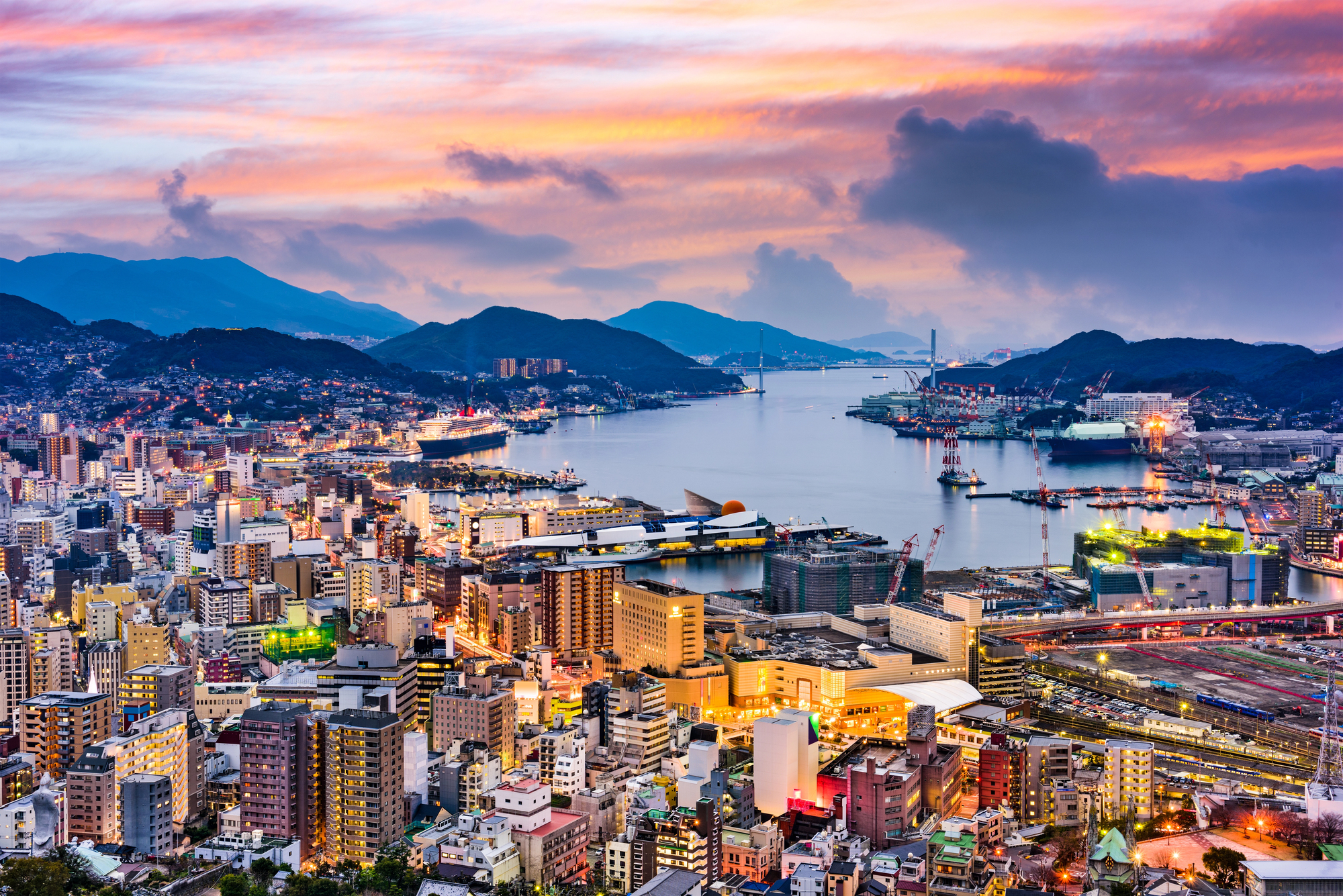
This historic region encompasses several pottery traditions, including Shino, Oribe, Setoguro, and Yellow Seto styles. Workshops teach visitors about the distinctive crack patterns of Shino glazes or the bold green copper glazes of Oribe ware.
Instructors demonstrate traditional decorative techniques, including brush work, wax resist, and sgraffito (scratched designs) that characterize Mino pottery. The experience typically includes visits to preserved climbing kilns where multiple chambers allow for different firing effects within a single kiln structure.
Echizen, Fukui Prefecture
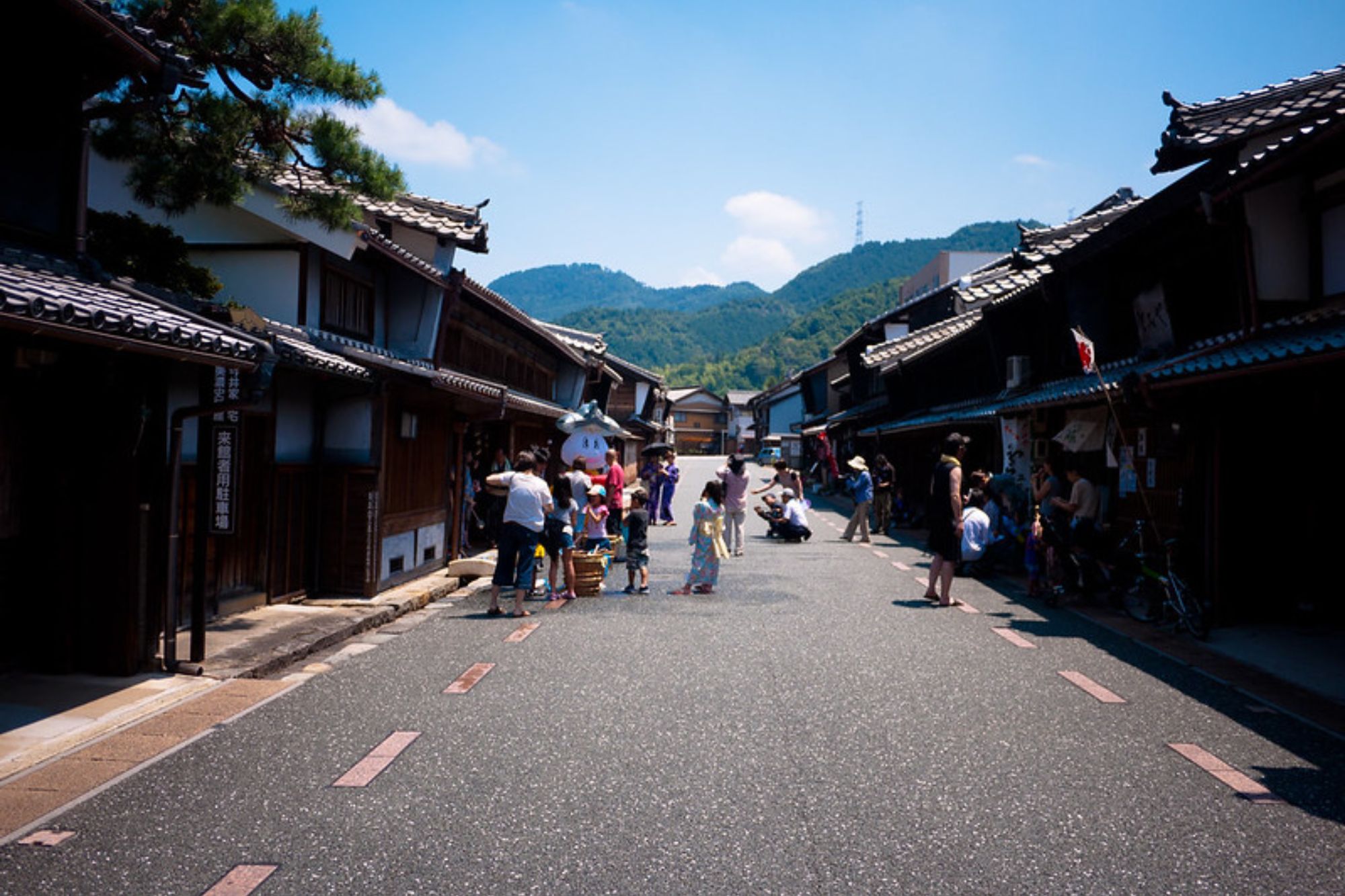
One of Japan’s six ancient pottery villages offers workshops focusing on large-scale utilitarian stoneware. Classes teach visitors techniques for creating substantial pieces using coil building rather than wheel throwing methods.
Instructors demonstrate the traditional ash glazing approaches that give Echizen ware its natural, earthy appearance. The experience often includes discussion of how the village’s geographic isolation helped preserve distinctive techniques through centuries when other pottery centers experienced significant outside influence.
Like Travel Pug’s content? Follow us on MSN.
Yomitan, Okinawa Prefecture
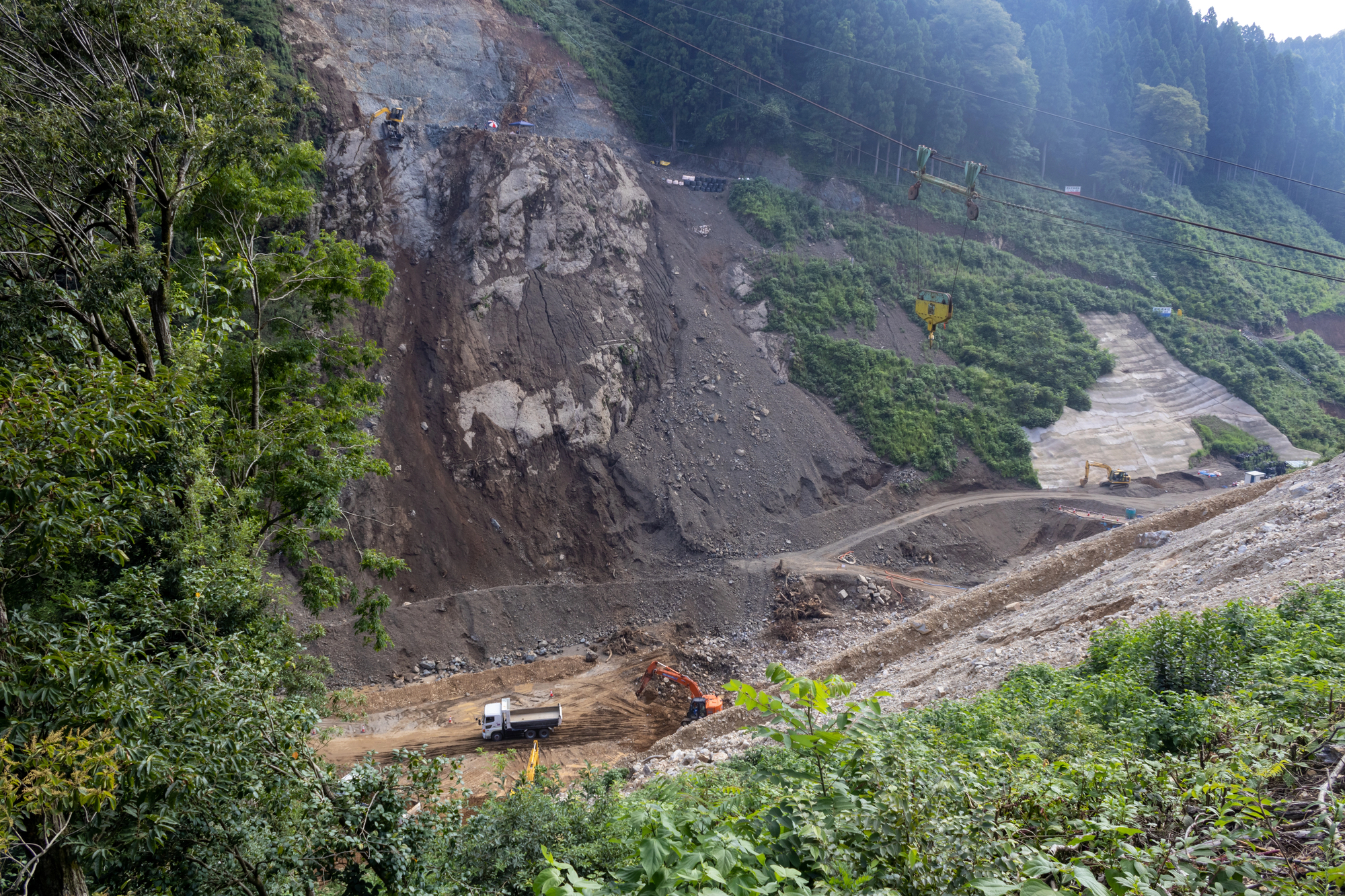
This village on Okinawa’s main island offers workshops in creating pottery with distinctive regional characteristics reflecting subtropical influences. Classes teach visitors about working with local clay containing coral and shell particles that create unique textures.
Instructors demonstrate traditional Ryukyu Kingdom decorative motifs and glazing techniques using natural materials, including sugarcane ash. The experience includes learning about how Okinawan ceramics differ from mainland traditions due to separate cultural development and Southeast Asian influences.
Beyond Clay and Fire
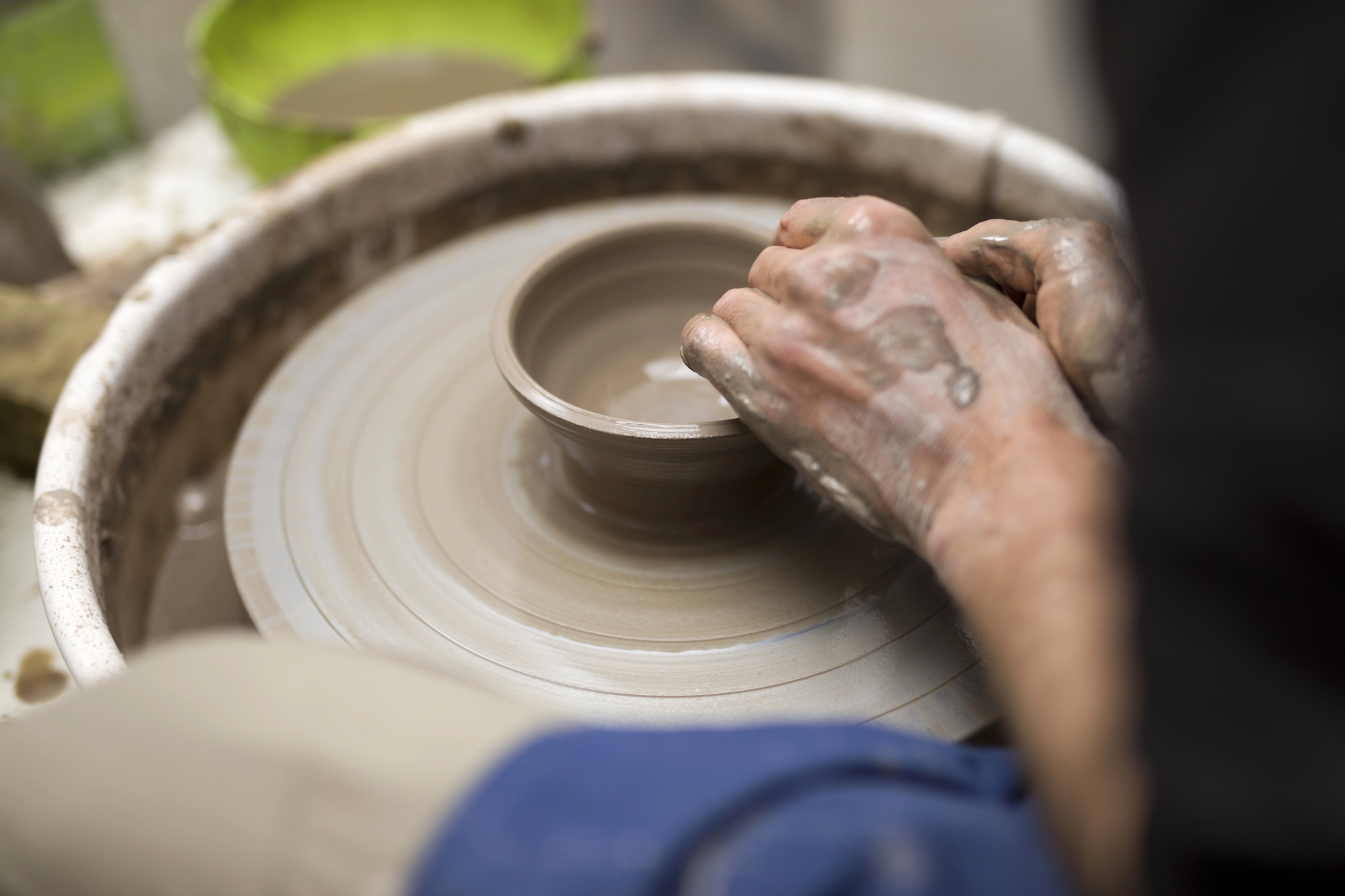
Japanese pottery workshops offer more than just technical instruction—they provide windows into cultural values, aesthetic principles, and philosophical approaches to craft. Through hands-on engagement with clay, visitors gain appreciation for the balance between tradition and innovation that keeps these ceramic arts vibrant.
The physical connection to materials and methods passed down through generations creates memories more profound than mere observation could provide. Whether creating a rustic tea bowl or a delicate porcelain plate, participants experience firsthand how Japanese pottery embodies the beautiful marriage of function, material knowledge, and artistic expression.
More from Travel Pug

- Cities Growing so Fast You Won’t Recognize Them in 10 Years
- 13 Destinations Where Tourists Regularly Regret Their Trip
- 16 U.S. Cities That Are Quietly Becoming Travel Hotspots
- Where to Travel If You Love Long Bus Rides and Daydreams
- 20 Cities Perfect for Solo Travelers Who Crave Adventure & Culture
Like Travel Pug’s content? Follow us on MSN.
